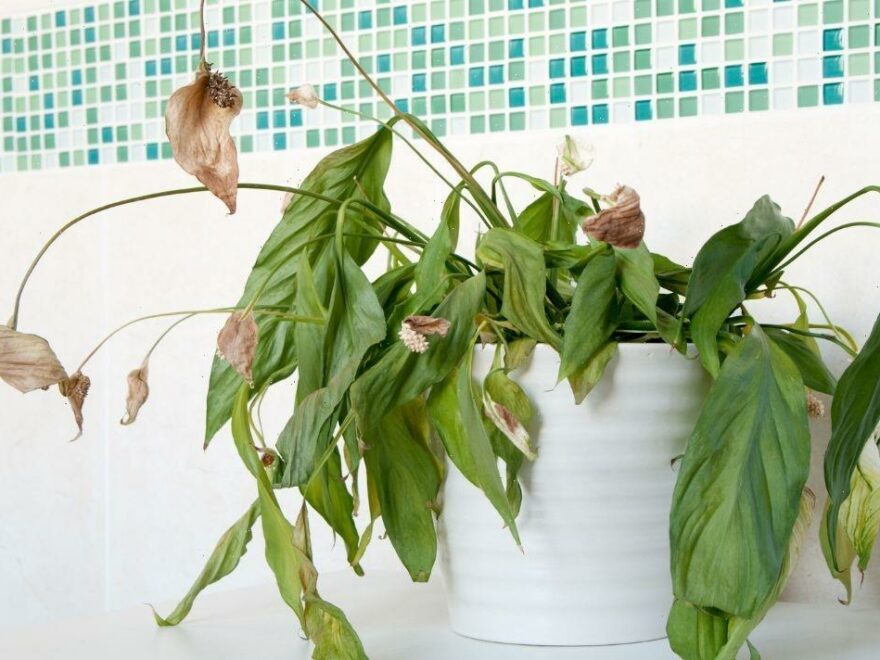Houseplants: RHS advises on watering techniques
We use your sign-up to provide content in ways you’ve consented to and to improve our understanding of you. This may include adverts from us and 3rd parties based on our understanding. You can unsubscribe at any time. More info
Houseplants need care throughout the year, although winter is often a time when they will rest, meaning owners can water their plants a lot less. However, they still do need hydrating and it is important not to under or over water a houseplant, depending on the variety. According to one expert, houseplant owners can do a simple test to check if their indoor plant needs hydrating.
During the summer months, the hot weather can affect houseplants, with the most important factors being light, heat and moisture.
In the winter, cold weather can impact plants, with draughts, central heating and light being huge factors to consider.
Watering is also a crucial part of a plant’s health in summer and in winter, making sure to water plants when they are “extra thirsty”.
Dani Turner, customer experience director at online florist Bunches, said: “A good way to check if your plant may be extra thirsty is to stick your finger into the top couple of inches of soil.

“If this feels dry, your plant is likely to need another drink. A damp plant is a happy plant in most cases.
“Water build-up can result in root rot and will affect your plant’s health.”
Another way to check if the soil is hydrated enough is to stick a chopstick into it. If the first inch comes out dry, the plant needs water.
If you are scared of overwatering, it may be best to regularly mist the houseplant to boost its humidity levels.
DON’T MISS:
Method to spray paint kitchen cupboards for a ‘professional’ look [COMMENT]
Ideal heating temperature to ‘avoid’ condensation on windows [INSIGHT]
Five ‘simple’ steps to follow for a sparkling clean mattress [EXPLAINER]
The expert said this was a “safer option”. To mist plants, place tepid water into a misting bottle and mist the leaves of a houseplant.
The expert added: “Regulating the temperature of your plants is also extremely important as draughts or fluctuations in the temperature, through air conditioning and fans, in your home or office can cause instability in your plant’s environment, putting it under unnecessary stress.
“Try to keep a consistent temperature for plants wherever possible as this will keep them happy and thriving.”
Depending on what type of houseplant you choose depends on the location you should put them in.

Not all plants like sunlight, some prefer shaded areas so it is important to check which plant prefers and arrange accordingly.
Dani continued: “Indirect sunlight is the best option to prevent sun-scorching the leaves and keep away from window sills as the sun may be too strong.”
A recent trend circulating on social media sees ice cubes being used to water orchids. It is thought that the ice cube will slowly melt into the soil, reducing the risk of overwatering the plant.
However, one expert has said this “controversial topic” can be harmful towards an orchid. Natalie Devereux, product specialist at Serenata Flowers, told Express.co.uk: “Watering orchids with ice cubes is a controversial topic amongst growers.

“People for this method believe that it simplifies the watering routine, making it easier for beginners and prevent overwatering.
“But, plants, much like humans, have different watering needs depending on external factors.
“We always recommended you use your senses and instinct rather than a method or routine.”
Ice cube watering can kill orchid tissue on the leaf and stunt growth over time.
Source: Read Full Article
